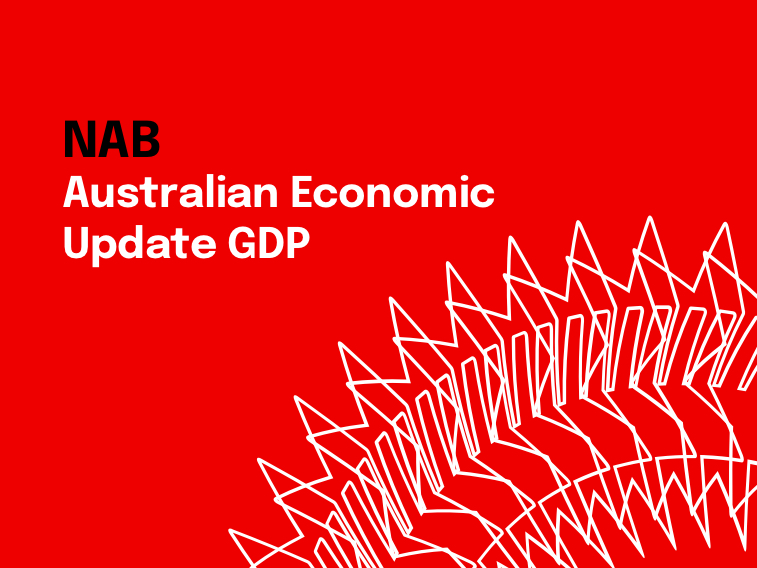Consumers lead the way


Insight
Business confidence falls back in February
Business conditions rose marginally in February, with small lifts in both trading conditions and profitability. However, there was a notable reversal in business confidence which fell 6pts, largely offsetting the improvement seen in January. This takes confidence below the long-run average and back into negative territory. Forward orders were steady but by industry there was a notable decline in retail orders, where conditions and confidence remain soft. Alongside below average conditions, capacity utilisation continues to ease, edging down to 81.9% though it remains above average. Overall, the survey suggests that activity measures in the survey continue to point to below average growth, and alongside this input cost pressures are a step above output price growth pointing to the ongoing challenges in the business sector even though economic activity showed some improvement in H2 2024.
Business conditions rose marginally in February, with 1pt increases in both the trading and profitability sub-components. Conditions were mixed across industries, mining conditions improved from last month but remain at very weak levels, while gains were seen in construction, transport & utilities, and recreation & personal. Conditions declined in all other industries.
“Conditions were largely unchanged in February,” said NAB Chief Economist Alan Oster. “In trend terms, conditions remain strongest in the services sector but are now weakest in mining which has had a weak start to 2025,” said Mr Oster.
By state, conditions eased in all states except Vic and Tas (which were the two weakest states surveyed in January). In trend terms, conditions are strongest in Qld and Tas and weakest in Vic and WA (which has seen conditions decline steadily since late 2024).
Notably, business confidence fell 6pts to -1 index points, largely reversing the improvement seen in January. Confidence fell across all states and industries.
“The lift in confidence seen last month was not sustained into February and is now well below average again,” said Mr Oster. “This was despite the improvement seen in Q4 GDP data and the RBA’s first rate cut, which suggests that businesses continue to be cautious about the outlook.”
Forward orders were steady at -3 index points, while capex rose marginally by 1pt to +5 index points. Capacity utilisation eased slightly to 81.9% but remains slightly above the long-run average.
“Capacity utilisation continues to trend gradually closer to its long-run average,” said Mr Oster. “By industry, trend capacity utilisation is lowest in mining, manufacturing and wholesale, and strongest in services sectors which aligns with broader conditions by industry.”
Purchase cost growth rose from 1.1% to 1.5% in quarterly equivalent terms. However, labour cost growth eased from 1.7% to 1.5%, which suggests that wage price pressures continue to ease.
Final product price growth eased from 0.8% to 0.5% in quarterly equivalent terms, while retail price inflation was unchanged at 1.0%.
“Lingering cost pressures continues to put pressure on business profits, with profitability conditions remaining well below the long-run average. This is likely flowing through to weaker conditions and confidence measures.” said Mr Oster.
For more information, please see the NAB Monthly Business Survey (February 2025)
© National Australia Bank Limited. ABN 12 004 044 937 AFSL and Australian Credit Licence 230686.